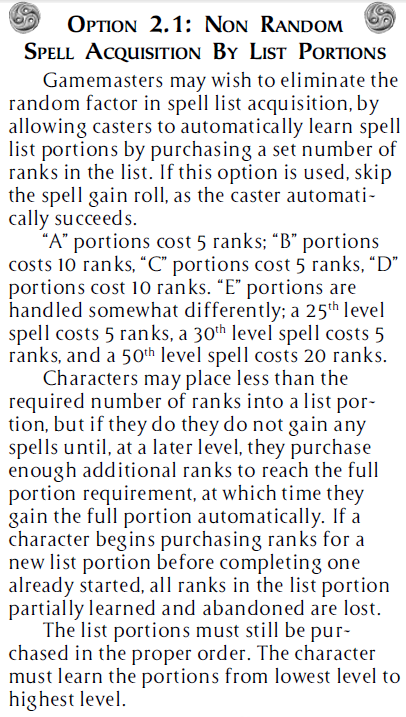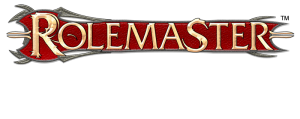shadow world, gods, spells, spell lists, religions pt 2
How optional rules affect character design
The other GM and I have been doing all this optional rules checking and testing over the last two weeks. Where we differ the most is over magic and the implications that has for character design.
My setting is what I am calling Community Magic. By that I mean that every community will have some access to magic. It coud be that there is a mad witch that lives in the woods that can arrange everything from love potions to revenge to healing or it may be the local priest. In towns and larger settlements than more ‘respectable’ magic users may be found. In Shadowdale, which is where the party are still hanging out there are at least six suspected magic users including a seer, a bard, a cleric, an alchemist and two monks. The bard is itinerant and the monks are part of a different adventuring party and as such are just passing through. That still leaves three resident magic users in a town of under 1,000 people.
The other GM is using what I call Family Magic in that most families will have at least one magic user. The whole fabric of society is interwoven with magic and its use is common place and unsurprising.
These two world views have an impact on our character creation or design rules. I do not allow stat bonuses to be added to the spell acquisition rolls meaning that spells are harder to learn and everyone has less spell lists. Two magic users of the same profession are likely to have different lists and may have very little cross over. There are far more lists than most magic users will ever learn. The other game has magic as something that is much easier to learn.
There is an option for non random spell list acquisition. You buy a number of ranks and when you have enough you get the list automatically. The threshold is set to 10 ranks to learn a list to 10th level (what is called a ‘b’ list). In my game you would have to buy 20 ranks to guarantee to learn the same list.

For pure spell users each rank costs one development point and most PCs have about 30-35 available. It is not unreasonable for a character to be able to spend 10 points per level or even a few more on magic.
So for pure spell users in my game after three levels worth of spending a magic user would probably (statistically speaking) two spell lists and maybe if the dice had been particularly kind a third one. In the other game the same character would have three lists and would be on the way to a fourth list. Not a huge difference really if the character is a well-rounded one with two-thirds of their points spent on other things than just spells.
If the character is a hardcore magic user and spends 20 points per level and sacrifices most other skills then i my game they are guaranteed the three lists but in the other game they have a guaranteed six spell lists. It is certainly possible to build such a focused character. The remaining 15 points you spend on some body development (hit points) perception and maybe stalk and hide. Everything is fine as long as you never run out of spells and have to try to fight for your life as you will have sacrificed all your combat training. I think this would be a fairly selfish character relying on other party members to carry them figuratively speaking.
If we look at what are called semi spell users, these are your rangers, monks, paladins etc. Their spell lists do not cost one point but four points a rank. If we dedicate 12 development points to spell lists then under my rules statistically the character would have a 90% chance of one list, a 30% of two lists and 5% of three lists or there about. Under the other rules system the character would have a 0% chance of any lists at all (three levels at three ranks per level equals nine ranks, one short of the magic 10).
It appears to me that an optional rule designed to make magic more common actually makes magic harder to learn unless everyone is a pure spell user which seems unlikely.
I am going to design a bunch characters under this optional rule to see if what I suspect is actually reflecting in the reality of the characters created. I will feed back next week.

